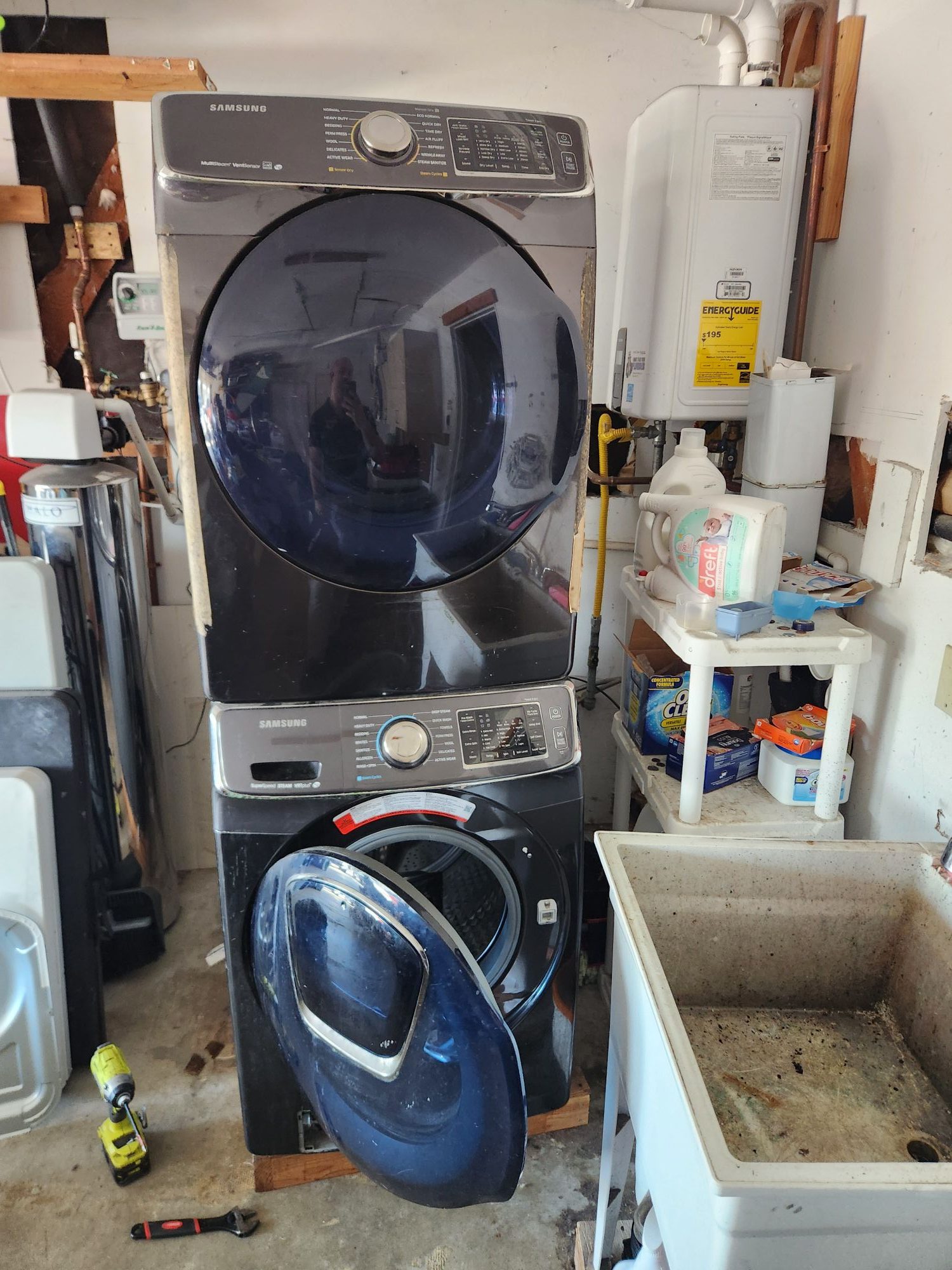When your washing machine begins to emit a loud squealing or screeching noise during operation, it’s more than just an annoyance—it’s a sign that something mechanical is wrong. This unpleasant sound often points to one of two common culprits: a worn drive belt or a pulley problem. Understanding the causes, identifying the symptoms, and addressing the issue promptly can save you from expensive repairs and further appliance damage.
The Role of the Drive Belt and Pulley System
In most washing machines, the drive belt connects the motor to the drum, allowing it to spin during wash and spin cycles. The pulleys—located on both the motor and drum—help guide and tension the belt, ensuring smooth rotation. When either the belt or pulleys wear out or lose proper alignment, the resulting friction or slippage can produce that characteristic high-pitched squeal.
Over time, normal wear and tear, heat, moisture, and detergent residue can deteriorate these components. If not serviced, the issue can escalate—leading to belt snapping, motor strain, or even complete mechanical failure.
Worn Drive Belt: The Primary Cause of Squealing
The drive belt is a rubber component that can harden, fray, or lose elasticity with prolonged use. When this happens, the belt struggles to grip the pulleys effectively, especially during the spin cycle when the drum rotates at high speed. The belt may begin slipping, generating a squealing or screeching sound.
Common signs of a worn drive belt include:
- A squealing or chirping noise during drum movement
- The drum fails to spin or spins inconsistently
- A burning rubber smell caused by excessive friction
- Visible cracks or frays on the belt’s surface
If the belt is damaged, replacement is necessary. Attempting to lubricate or tighten it won’t solve the underlying issue—it will only delay inevitable failure.
Pulley Problems: Another Source of the Noise
If the belt looks intact, the problem may lie with the pulleys—especially the idler pulley or motor pulley. These components can develop rough spots, become misaligned, or seize up entirely. When the belt passes over a damaged pulley, it creates a squealing sound similar to the noise from a bad car belt.
Typical pulley-related issues include:
- A misaligned pulley that causes the belt to slip off track
- Bearings inside the pulley that have worn out, creating grinding or squealing sounds
- A bent or rusted pulley that increases belt friction
When pulleys are involved, both inspection and precision repair are critical. Replacing a pulley often requires professional disassembly and realignment of the belt system.
The Dangers of Ignoring the Noise
It might be tempting to ignore the squealing, especially if the washer still operates. However, doing so can lead to bigger issues such as:
- Motor overload: The motor works harder to compensate for slippage, reducing its lifespan
- Complete belt failure: A snapped belt can leave you with a non-spinning washer and potential motor damage
- Drum imbalance: A loose belt can cause uneven spinning, shaking, and vibration
- Increased repair costs: What starts as a simple belt replacement can turn into a full mechanical overhaul
Promptly addressing squealing noises not only prevents breakdowns but also maintains the machine’s energy efficiency and performance.
Can You Fix It Yourself?
While some homeowners may attempt a DIY solution, replacing belts and pulleys often requires skill and precision. You’ll need to access the back or underside of the machine, safely disconnect the motor, and correctly re-tension the new belt. Improper installation can result in persistent noise or further mechanical damage.
If you’re unsure, it’s always best to call a professional appliance repair technician. A trained expert can quickly identify whether the issue lies with the drive belt, pulley, or another internal part like the motor bearings or drum shaft.
Professional Diagnosis and Repair
At Home Appliance Service Center, we specialize in diagnosing and repairing washing machine problems like squealing noises, worn belts, and pulley failures. Our experienced technicians use advanced diagnostic tools to pinpoint the exact cause and replace faulty components with high-quality parts.
We service all major brands and models, ensuring that your washing machine operates quietly, efficiently, and reliably. Whether it’s a simple belt replacement or a complex pulley realignment, we’ll handle the repair swiftly and professionally—so you can get back to your daily routine without disruption.
Preventing Future Squealing Issues
To reduce the risk of future problems:
- Avoid overloading your washer, as excessive weight strains the belt and pulleys
- Clean your washer regularly to prevent detergent buildup that can affect moving parts
- Listen for early warning sounds, such as mild squeaks or rattles, and act quickly
- Schedule annual maintenance to keep all mechanical components in top condition
Regular maintenance and timely service can help your washer last longer and perform at its best—saving you money and avoiding unnecessary stress.
A loud squealing noise coming from your washer isn’t just an irritation—it’s a clear sign that something’s wrong with the drive system. Whether it’s a worn drive belt or a pulley issue, prompt inspection and professional repair can prevent more serious damage and restore your machine’s quiet performance.
Don’t wait until the problem gets worse—let the experts at Home Appliance Service Center take care of it.
Call Home Appliance Service Center today for reliable, fast, and affordable washing machine repair services in your area. Keep your laundry routine smooth and your washer running like new!
Contact us
 619-928-5000
619-928-5000  Request Service
Request Service 
